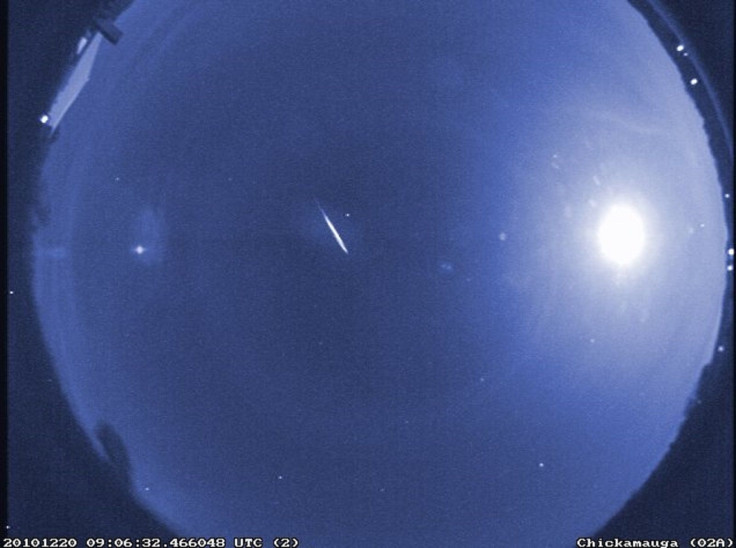Quadrantids: Don't Miss The First Meteor Shower Of 2022
KEY POINTS
- The Quadrantids are considered to be one of the best annual meteor showers
- They are known to produce bright fireballs
- There will be a 'meteor drought' after the Quadrantids
The first meteor shower of the year will take place this weekend, and skywatchers wouldn't want to miss this celestial light show.
The Quadrantid meteor shower is already active, but it's set to peak on the evening of Jan. 2 to 3. As the American Meteor Society (AMS) explained, unlike most other meteor showers that originate from comets, the Quadrantids actually come from Asteroid 2003 EH1. Interestingly, this object is also rather mysterious because it's said to either be a "dead comet" or a new class of object called a "rock comet."
Whatever its parent object may be, skywatchers wouldn't want to miss the sky event.
Don't Miss The Quadrantids
Apart from being the first meteor shower of the year, the Quadrantids are actually considered to be one of the best annual meteor showers, NASA noted. However, it is a bit more difficult to see because its peak is much shorter than those of other meteor showers. Compared to other meteor showers with two-day peaks, the Quadrantids only peak for a few hours, so catching a glimpse of it makes for a truly special experience.
Furthermore, even if the Quadrantids don't usually have persistent trains, this meteor shower is known to produce bright fireballs, which "persist longer than an average meteor streak," according to NASA. Since it will peak on an evening when the moon will be 0% full, skywatchers may just get excellent views of the sky for the event.
The next meteor shower after the Quadrantids will be the Lyrids in April, so skywatchers may want to take this opportunity to catch a glimpse of a celestial light show before the monthslong "meteor drought."
Tips On Viewing The Quadrantids
The Quadrantids are best when viewed from the Northern Hemisphere, NASA noted. As always, it's best to find a place that's far away from city lights, be prepared for the weather and bring blankets, chairs and patience since viewing could take hours.
"Be patient — the show will last until dawn, so you have plenty of time to catch a glimpse," NASA reminded skywatchers.
☄ ☄ Quadrantids are on their way! One of the more active meteor shower is to peak on Jan. 3, 20h 40min UT. It's time to read for the observing tips to best admire the first meteoric show of the new 2022 year!https://t.co/cuV3H6nQTw pic.twitter.com/gj5ApkfmFA
— IMO Meteor Org. (@IMOmeteors) December 30, 2021
It's best to view the Quadrantids after midnight, EarthSky noted, while the AMS recommends facing the northeast quadrant and to center one's view "half-way up in the sky. This way, one can see the meteors appear from the radiant "in all directions," and it would be easier to determine which meteors are Quadrantids and which are "random meteors."

© Copyright IBTimes 2025. All rights reserved.






















